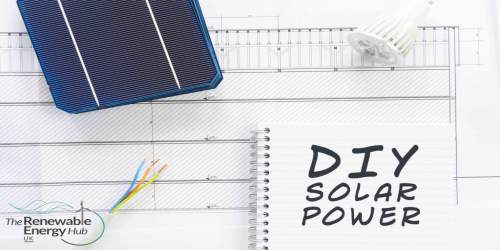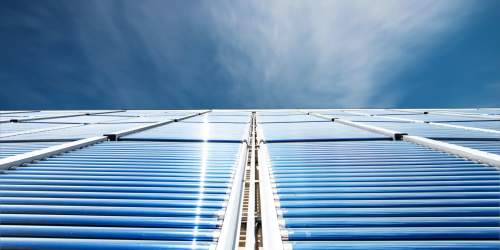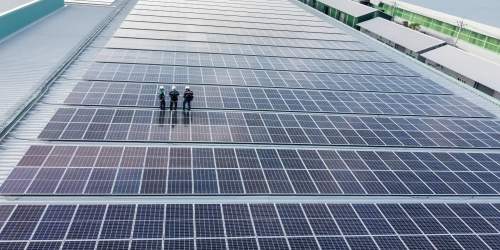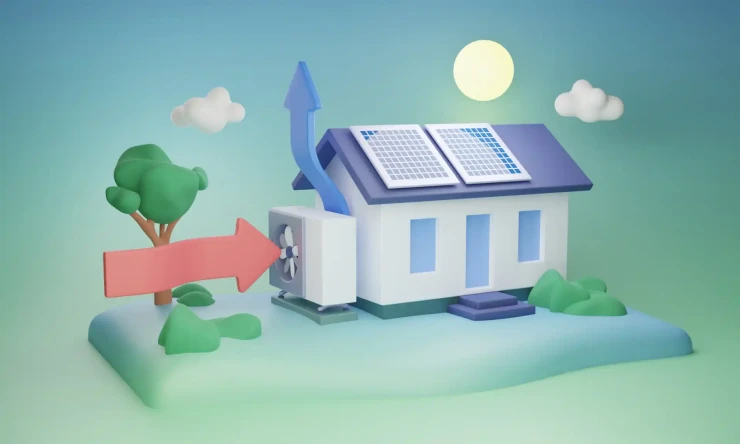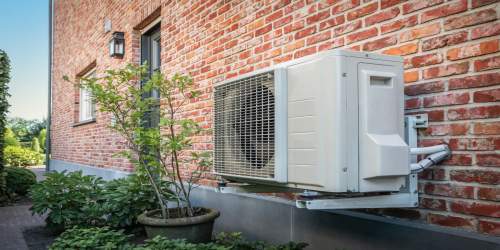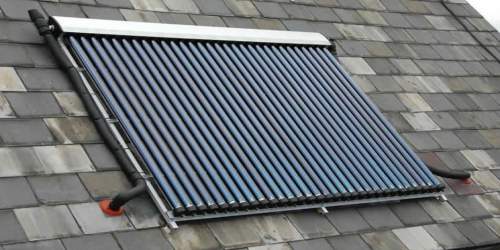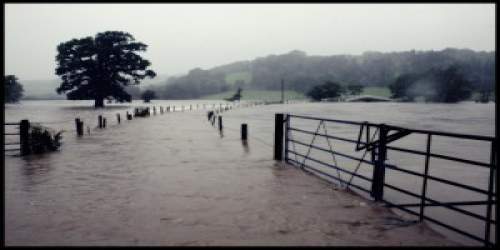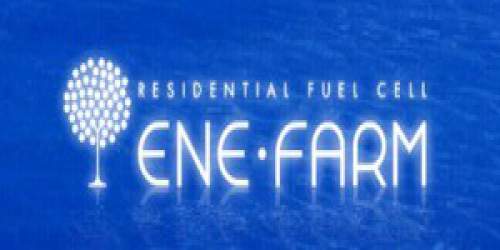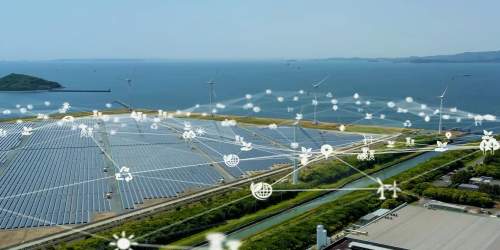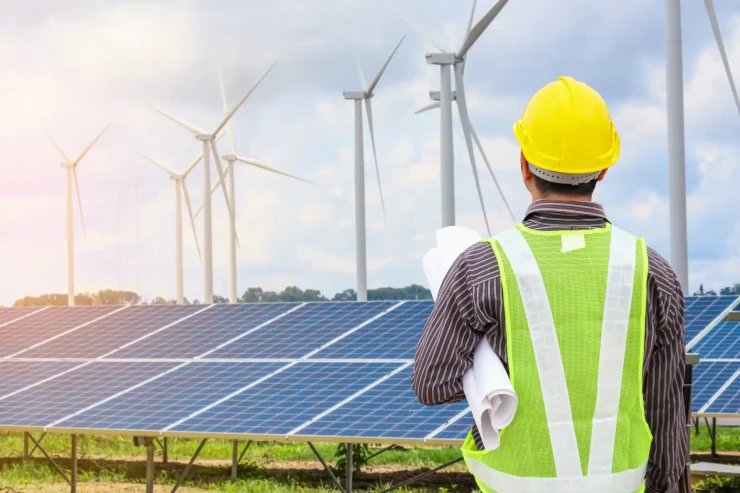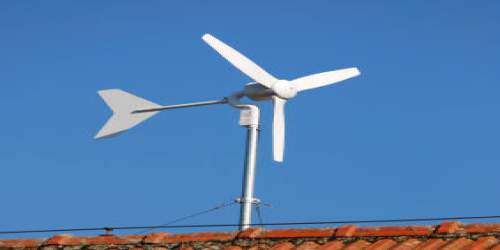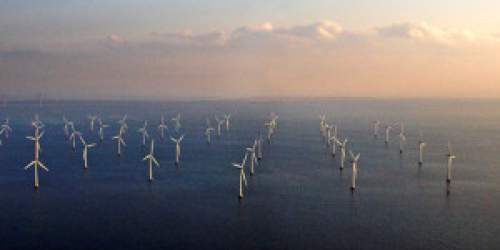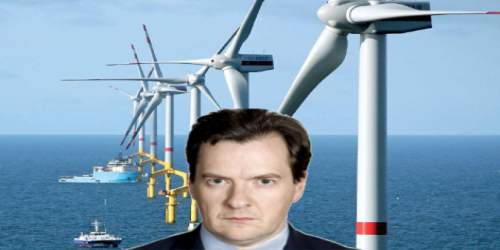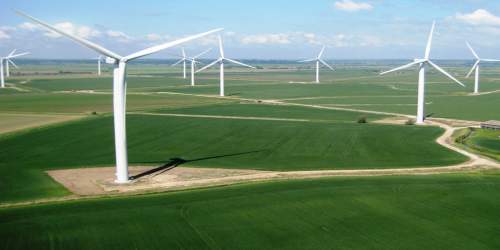It’s more recognisable as part of the radio shipping forecast. Dogger bank lies some 80 miles off the Yorkshire coast in the North Sea. No one has paid it much attention up till now except fishermen. But that could all be about to change.
Dogger Bank may soon become an important energy hub if Dutch backer TenneT has anything to do with it. Plans to build a windfarm island which is surrounded by hundreds, if not thousands of turbines, could be realised over the next decade or so, providing electricity not only to the UK but also the Netherlands, Denmark, Germany and Belgium.
The island idea is integral to the success of the project – helping to lower costs and provide maintenance and a secure power grid to the site which is far from land compared to other offshore farms. It would need to be around 6 km² in size to do the job and building that will be no mean feat in itself. According to the company, it’s the next logical step:
“The big challenge we are facing towards 2030 and 2050 is onshore wind is hampered by local opposition and nearshore is nearly full. It’s logical we are looking at areas further offshore.”
Don’t expect to see the site emerging in the more immediate future, however. There are a number of hurdles to overcome before work could potentially begin. For the moment, it’s at the idea stage but it’s one which TenneT are pretty enthusiastic about.
Of course, the biggest problem is going to be how it gets funded. The project, from an initial estimate, is expected to cost around £1.3 billion but would provide around 30 GW for each windfarm installed. The good news is that the reaction from investors seems to be pretty positive as more and more are prepared to think out of the box and entertain new ideas. The sheer size of the project may well be its saving grace. In the interim, the Netherlands are currently working out their roadmap for the future of green energy so things are on hold. It could be 2027 before we see any real movement on a project of this size and that’s a conservative estimate.
There’s no doubt that wind power is having a huge impact on the renewables agenda around the world but the problem has always been where to place the turbines. Close offshore has often been the solution after countries like the UK stopped building onshore farms because of complaints and worries for local eco-systems as well as complaints from residents. But even across the coast spaces are being filled up rapidly and finding new potential sites naturally means heading further out. With that comes greater costs and even bigger logistical issues. Building an island out in the North Sea may seem futuristic but it is possible – it just depends if the economics actually pan out. It’s also the only way a project like this will work.
Who are TenneT?
TenneT are basically the Dutch equivalent to our National Grid in the UK. They’ve been involved in some major infrastructure projects since forming in 1998, including installing 360 mile long submarine cable between Feda and Eemshaven.



